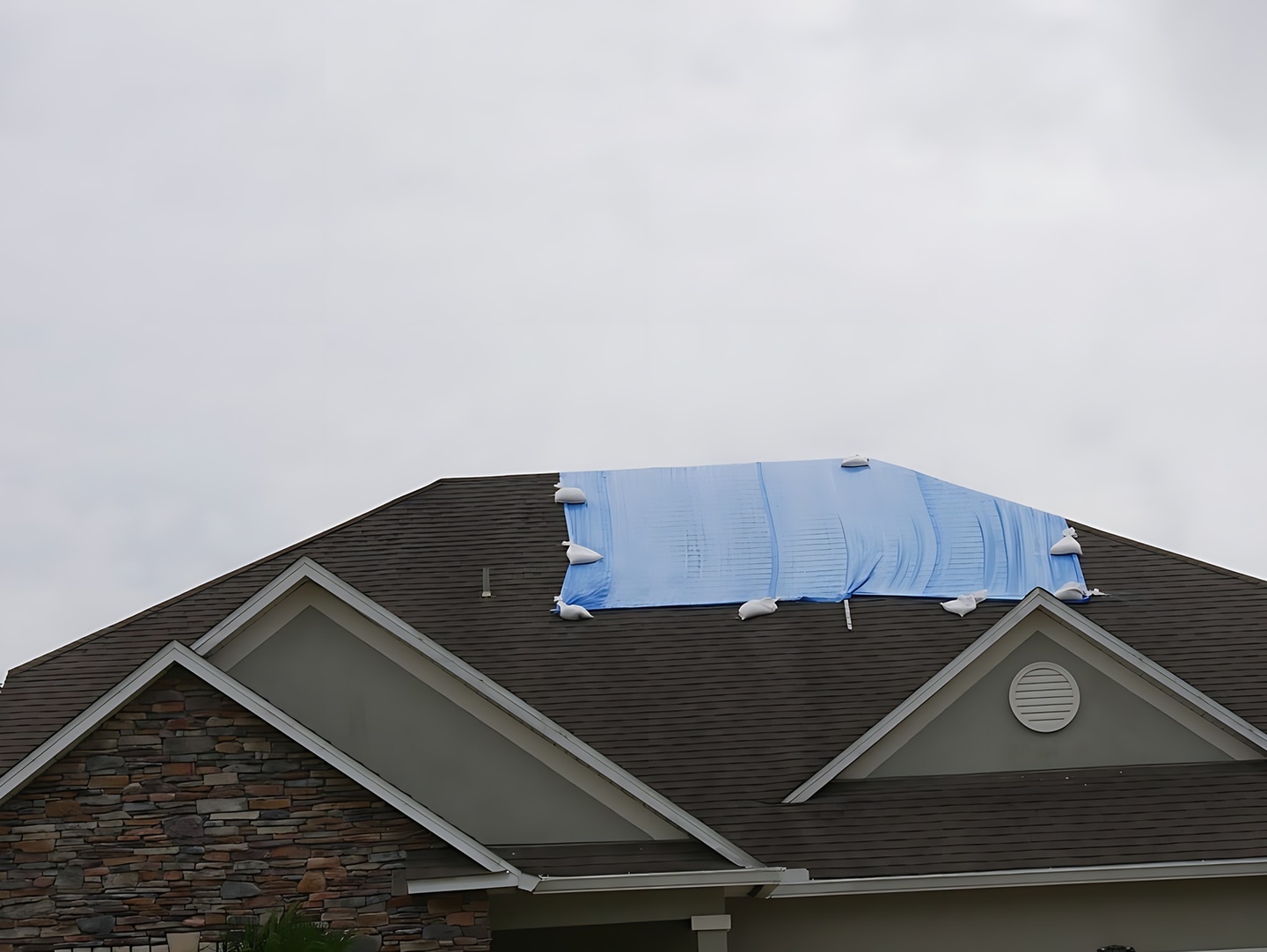
A leaky roof is a homeowner’s nightmare. But swift action can minimize damage. Understanding roof leak repair steps is crucial. This guide will walk you through the immediate steps to take when you discover a leak, plus tips for long-term prevention.
Dealing with a roof leak can feel overwhelming, especially if it’s your first time. It’s about protecting your home and your peace of mind. Knowing roof leak repair steps empowers you to act quickly and confidently.
The moment you spot a leak, your priority is damage control. Move furniture or valuables away from dripping water. Place buckets under the leak to collect the water.
If the ceiling starts to bulge, puncture a small hole. This releases the water and relieves pressure, preventing a larger cave-in.
Thorough documentation is crucial for insurance claims. It also helps contractors assess the damage. Take photos and videos of the leak, water damage, and any visible roof damage.
Note the date and time you discovered the leak. This information is helpful for both your records and for professionals.
While temporary fixes are helpful, professional leak repair is essential. Contact a reputable roofing contractor after containing the damage. A professional can diagnose the cause of the leak.
They’ll also recommend the best course of action. Leaks can stem from various sources. Damaged shingles, cracked flashing, or faulty vent pipes are a few possible causes. Roof leaks can have visible signs.
A professional might not be able to come immediately. Taking temporary measures can prevent further damage caused. Applying a tarp over the affected area provides a temporary shield against the elements.
Be cautious when working on your roof. Only take on simple DIY roof repair if you feel safe. Extensive or complex leaks demand professional expertise. Call your local leak repair company for assistance with your roof repairs if needed.
A tarp can prevent further water damage. Use heavy-duty plastic sheeting. Secure it with weights, roofing nails hammered into wooden boards placed over the tarp’s edges.
Once things are stabilized, try to identify the source of the small roof leak. If you have attic access, inspect for water spots, damp insulation, or light shining through the roof deck.
This points you towards the general area of the leak. Look for telltale signs of roof sheathing problems, missing shingles, or problems with pipe boots and surrounding shingles. Check flashing around chimneys and vent pipes to make sure flashing leaking isn’t causing the problem.
A damaged plumbing vent, a hole or crack, poor step flashing, and rust or nail holes are some common causes. Replacing worn flashing is a DIY roof repair you may be able to handle, if safe and accessible.
Carefully inspect your roof from the outside if the weather permits. Missing or damaged asphalt shingles and issues with counter flashing are common culprits.
Regular roof maintenance is vital for leak prevention. This involves routine inspections and cleaning gutters.
Checking and caulking vents and openings (where accessible) twice a year helps too. Protecting your healthy roof with routine maintenance can prevent water damage.
Proper ventilation and insulation regulate temperature and moisture levels in the attic. This reduces the risk of ice dams forming.
Check ventilation for proper airflow. Ensure insulation has a high R-value to help maintain a healthy roof. Good ventilation helps to prevent mold growth and rotted wood from excess moisture.
Repairing a leaky roof involves identifying the leak source. Contain the water damage and make temporary patches if necessary. Engage a roofing professional for a permanent fix. For wet spots from a small leak you might consider roof sealant.
Temporary DIY repairs involve tarps, sealant, and patching from the inside. Roof repair kits are another temporary option for fixing a small roof leak.
Hiring a roofing contractor provides more effective solutions. They can pinpoint the specific causes like leaking metal roof problems.
Roof leak coverage depends on the cause. Damage from storms or fires often falls under homeowner’s insurance. Gradual wear and tear usually doesn’t.
Finding a roof leak starts with looking for dripping water or checking the attic for dampness. Inspect shingles and flashing, pipes, valleys, ridges, and chimneys for damage.
Clogged gutters can cause overflows that lead to leaks. Water can seep into walls, eventually reaching floors and ceilings. Addressing these issues early can help to prevent the need for shingle place repairs or even shingles replaced entirely.
If safely accessible and you possess the skills for simple DIY repairs, it’s a good idea to fix damaged flashing, roofing nails, and apply sealant where necessary. For bigger problems like a damaged roof or other complicated DIY roof repair issues, contacting roofing contractors for help with the roof repairs is often a better option.
A complete roof replacement depends on the leak’s extent, the roof’s age, and overall condition. Repairing flashing or replacing missing shingles is often enough for isolated issues on newer roofs. You’ll probably need a caulk gun, roofing cement, a utility knife and some safety equipment to make most common DIY repairs. If you are not experienced and capable it’s time to call a local roof repair contractor.
Widespread damage and deteriorated roofing materials might necessitate replacement. Many common causes of roof leaks are repairable.
Don’t let a roof leak become a major problem. Understand these roof leak repair steps, from containing the damage to calling professionals. Taking preventative measures can avoid bigger issues.
By being proactive, you save time, money, and worry. Maintaining your asphalt shingles or metal roof is part of having a healthy home.
1727 Clearwood Dr, Longview, TX 75604
Mon - Sat: 7am - 8pm
Sun Closed
Call us for a free estimate
903-790-1964